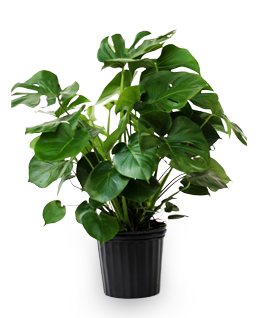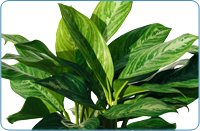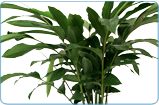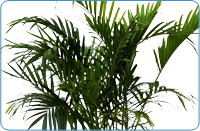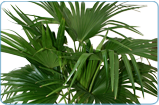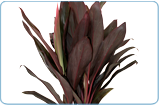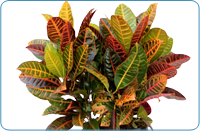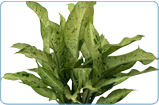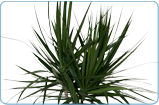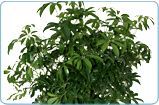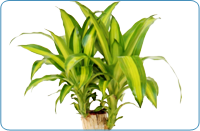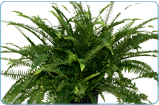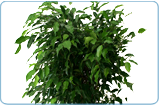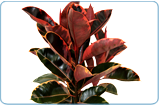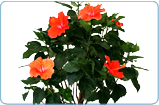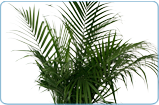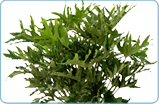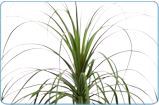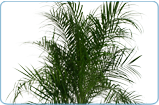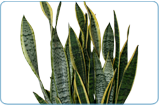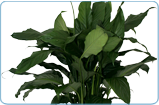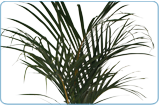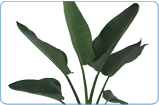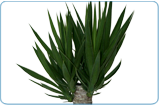Light
Place your Monstera in an area of your home where it can receive high amounts of indirect light. The more light it receives the larger the plants leaves and slits will be which adds to the beauty of the plant. Place the plant near an east or south facing window.
Placement
Office, Bedroom, Diningroom
Water Habits
It is important to keep the soil of your Monstera moist, but not to over water it. Water the plant when you have noticed the soil has dried out on the top, but make sure to not over water to the point where the soil cannot absorb the water.
Temperature
Ideal Temperature for Monstera: 60-80°F (15-27°C) Min: 45°F (7°C)
Toxins Removed
Xylene/Toluene
Did You Know ?
The latin meaning for Monstera is for ‘monstrous’ or ‘abnormal’ pertaining to the distinguishing features of the plants leaves. A common name for this tree is the swiss cheese plant, or split leaf pholodendron. In some Central and South American countries the aerial root of the plant has been used to as ropes and/or to make baskets. It is also claimed that the leaf and roots infused into a tea can help relieve arthritis.





